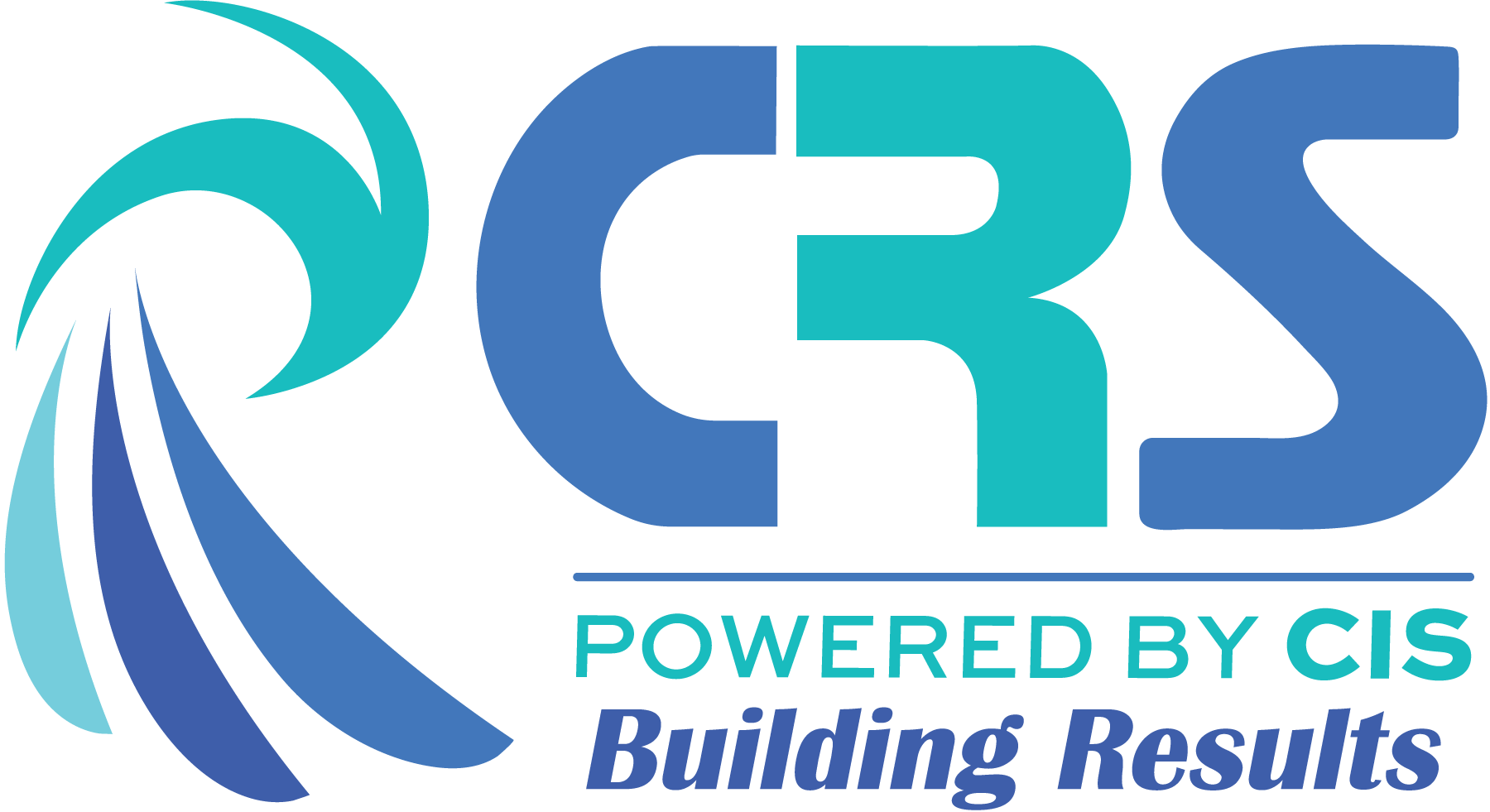As an insurance broker working closely with companies—especially those in construction—I’ve seen it too many times: injury prevention programs (IPPs) that are generic, barely reviewed, and clearly not being used effectively. These are often bought online, slapped together, and thrown into a binder without any real thought or customization. Some even have “.com” still printed in the corner—clear evidence of a one-size-fits-all solution that’s gathering dust rather than guiding action.
The Problem With Generic IPP Reports
When we conduct our risk analysis, we regularly come across these generic IPPs. While they may check a compliance box, they don’t reflect the specific needs, risks, and workflows of the companies they’re supposed to protect. This lack of specificity and real-world application puts businesses at risk, not just legally, but financially as well.
Why Implementation and Training Matter
An IPP is only as effective as the team using it. It’s not just about having a document in place—it’s about making sure your employees know what to do in the event of an injury on the job site. Especially in high-risk industries like construction, a well-implemented IPP can significantly reduce the chances of a workers’ comp claim spiraling out of control.
There needs to be clear training and procedures. Who’s in charge on the job site? Who do we call in case of an injury? Where is the nearest urgent care or ER? How do we file the claim? Who within the company needs to be informed immediately? These are the questions your team must be able to answer without hesitation.
A Good IPP Can Minimize Risk
When your IPP includes the right contacts, locations, and step-by-step processes—and when it’s actively used and understood by your staff—it becomes a powerful tool. It shows insurers and regulators that you’re serious about safety and compliance. More importantly, it can help you prevent minor incidents from becoming major liabilities.
Final Thoughts
Don’t settle for a generic injury prevention plan. Take the time to make sure it’s tailored to your company, your team, and your job sites. Implement it, train your staff on it, and revisit it regularly to keep it current. Doing so can make a real difference in both safety outcomes and claim costs.

